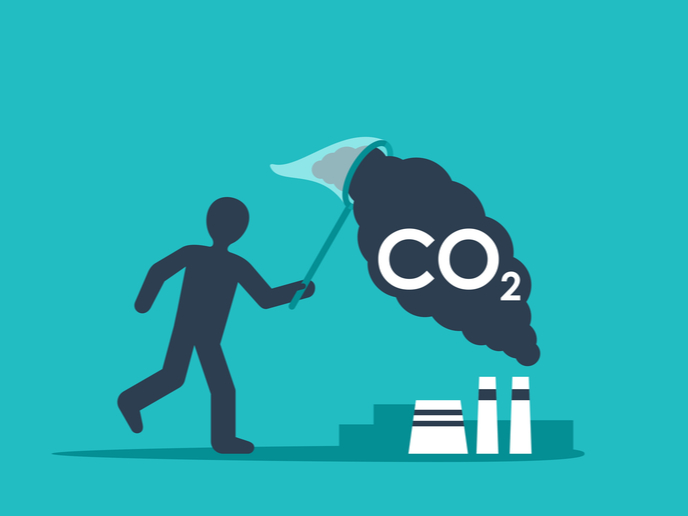New carbon capture technology helps cement plants do their bit for the planet
As a basic ingredient of concrete, cement plays an important role in our daily lives. It’s used in buildings, roads, dams, bridges and tunnels – in almost everything we build. However, it’s also an important source of CO2 emissions. Europe’s cement industry has long been working to reduce emissions, and has now set the goal to achieve carbon neutrality along the cement and concrete value chain by 2050. According to CEMBUREAU, The European Cement Association, 42 % of CO2 emission reductions will be achieved through carbon capture, use and storage, or CCUS. In this climate change mitigation process, CO2 is captured from power plants and industrial processes for reuse or safe long-term storage. Contributing to efforts to meet EU emission targets, researchers working on the EU-funded CLEANKER project have now developed a new CO2 capture technology for cement plants called calcium looping. With this technology, the project team aspires to cut cement plants’ CO2 emissions by 90 %. About 60 % of CO2 emissions in cement production are related to the calcination of limestone (CaCO3), the main raw material in the production process in which CaCO3 is separated into calcium oxide (CaO) and CO2. Calcium looping is a regenerative process that makes use of the ability of calcium-based sorbents to capture CO2 at high temperatures. In this process, CO2 is captured through the so-called carbonation of CaO to form CaCO3. This is followed by oxyfuel calcination, which makes the CaO available again and releases nearly pure CO2.
The advantages of calcium looping
“Our technology presents several advantages for existing cement plants,” explains mechanical engineer Martina Fantini of CLEANKER project coordinator Energy and Environment Laboratory Piacenza in an article posted on the European Commission’s website. “First, the retrofit does not imply any modification of the plant’s rotary kiln, which is the most critical equipment in any cement plant. Then, the sorbent produced at the end of the CO2 capture process is the same raw material used for clinker production (clinker is the main component of most cements). Finally, there is a wide range of possibilities for exploiting the heat produced by the CO2 capture process.” Unlike other efforts to capture CO2 in cement plants, this calcium looping process takes place during combustion, not after. “Although being less advanced, CLEANKER can potentially achieve high CO2 capture efficiency with a low energy penalty and economic impact. This is thanks to the use of conventional raw meal as CO2 sorbent and tight thermal integration, which significantly reduces the fuel consumption,” she notes. According to the article, Dr Fantini expects that the CLEANKER (CLEAN clinKER production by Calcium looping process) project will be able to retrofit the calcium looping technology at full scale in about three years. For more information, please see: CLEANKER project website
Keywords
CLEANKER, cement, CO2, carbon capture, calcium looping, emissions



